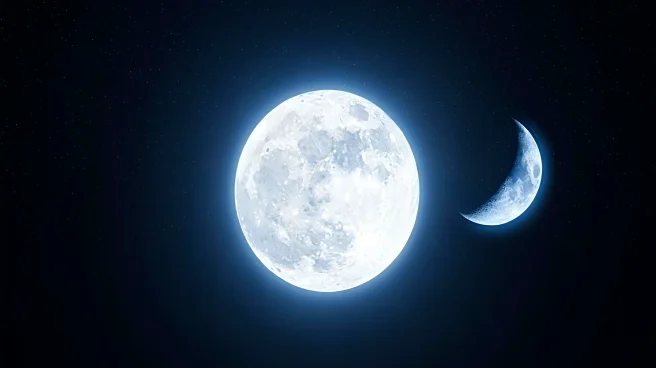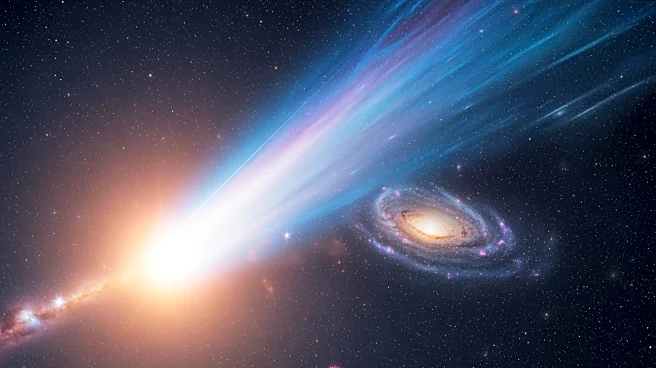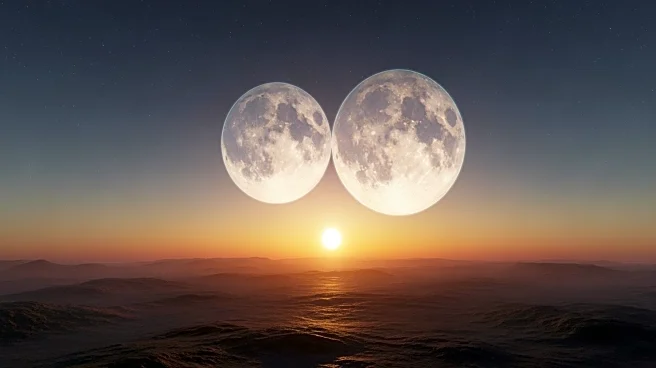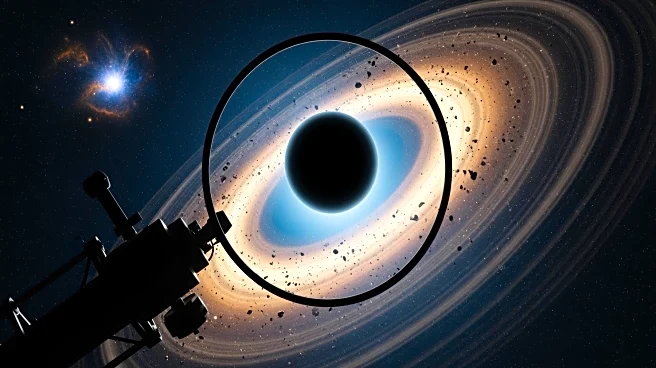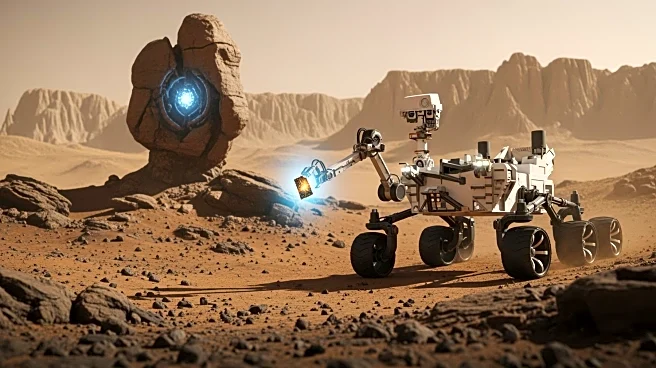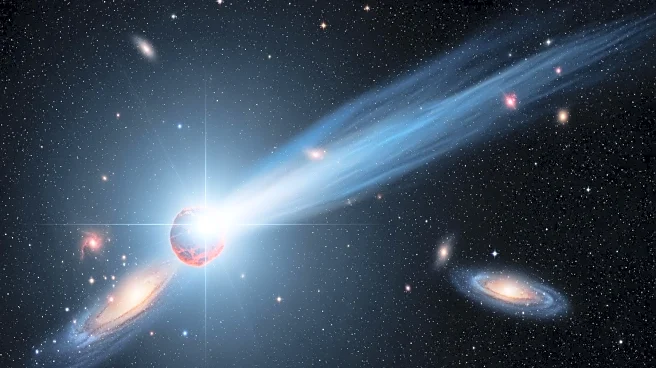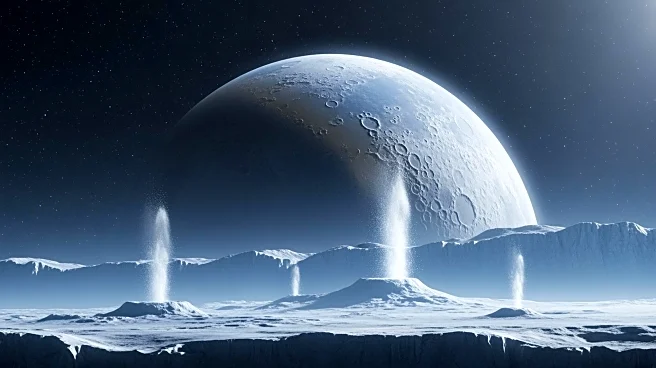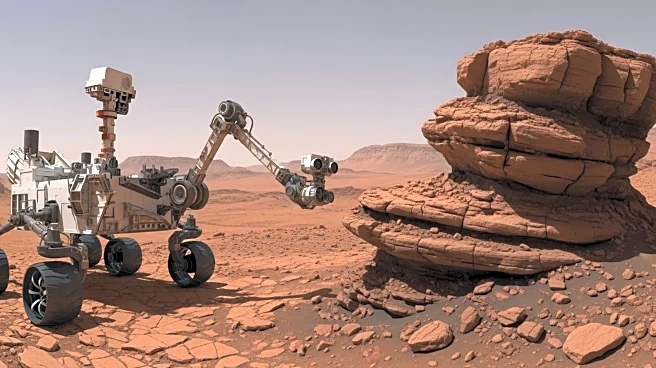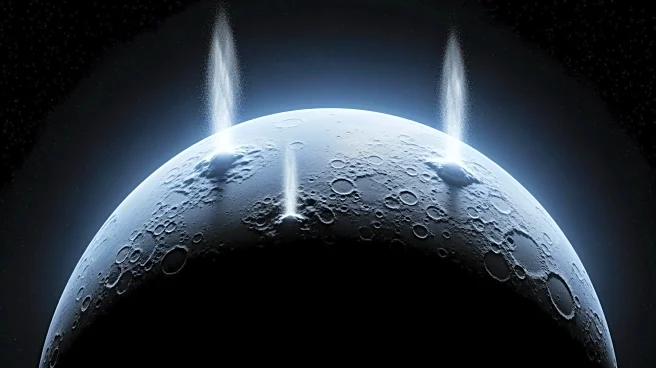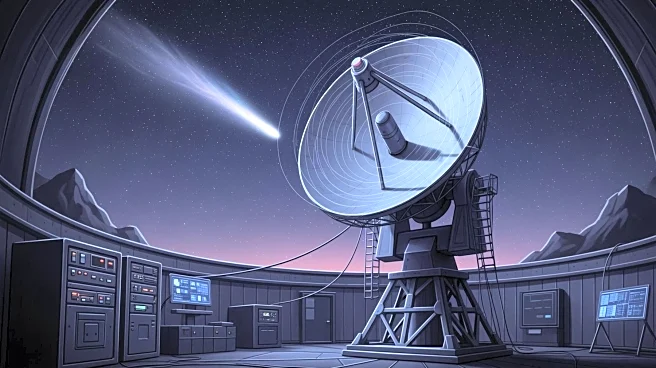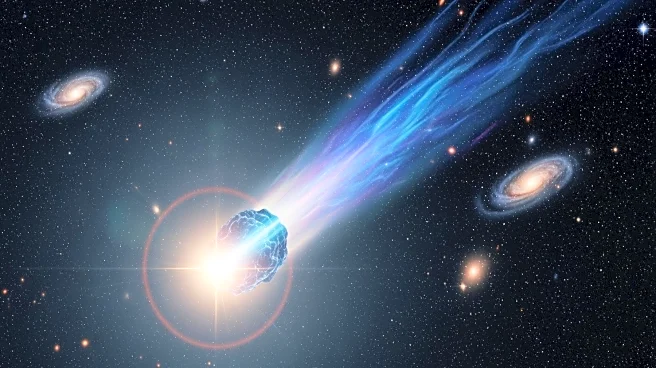What's Happening?
The discovery of a new quasi-moon, 2025 PN7, by amateur astronomer Adrien Coffinet has sparked debate among scientists about the definition of a moon. While Earth officially has one moon, the identification of moonlike objects, including quasi-moons and
mini-moons, challenges traditional concepts. The International Astronomical Union has yet to define what constitutes a moon, leading to ambiguity. Technological advancements have enabled the discovery of smaller celestial bodies, complicating classification. The new quasi-moon, orbiting the sun rather than Earth, adds to the complexity of defining moonlike objects.
Why It's Important?
The lack of a clear definition for moons impacts scientific understanding and public perception of celestial bodies. As technology advances, more ambiguous objects are likely to be discovered, necessitating precise terminology. The debate over moon definitions affects astronomical research and education, influencing how scientists communicate findings. The classification of moons has implications for planetary science, potentially altering theories about celestial formations and interactions. Establishing clear definitions could enhance collaboration among astronomers and improve public engagement with space exploration.
What's Next?
Astronomers may push for the International Astronomical Union to establish official definitions for moons and related terms. Continued advancements in imaging technology and software development will likely lead to the discovery of more moonlike objects. The scientific community may engage in discussions to refine terminology and classification criteria. Public interest in space exploration could drive educational initiatives to clarify celestial concepts. The ongoing debate may influence future research priorities and funding in planetary science.
